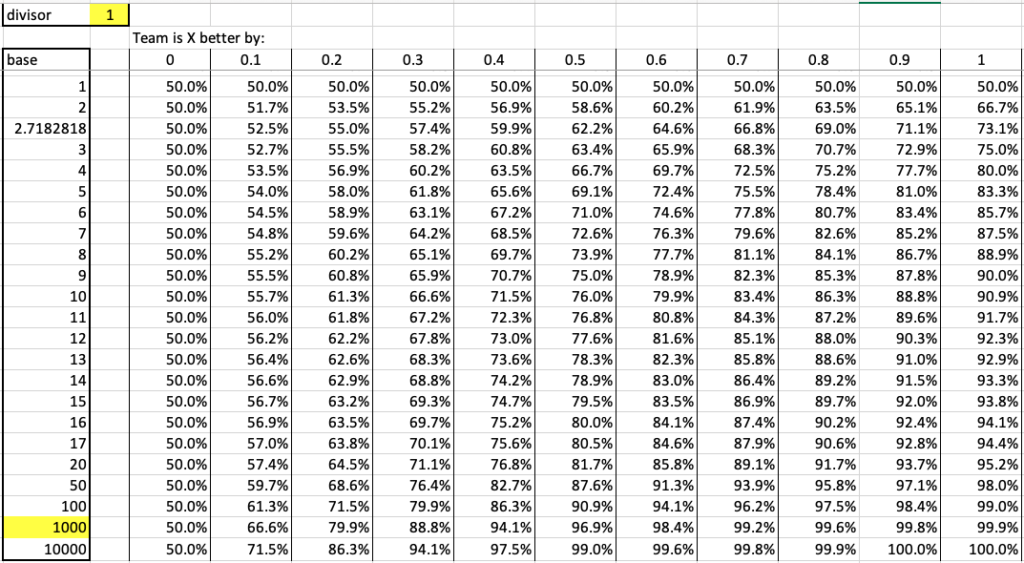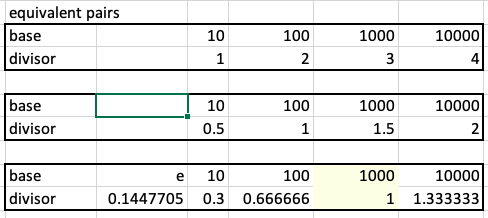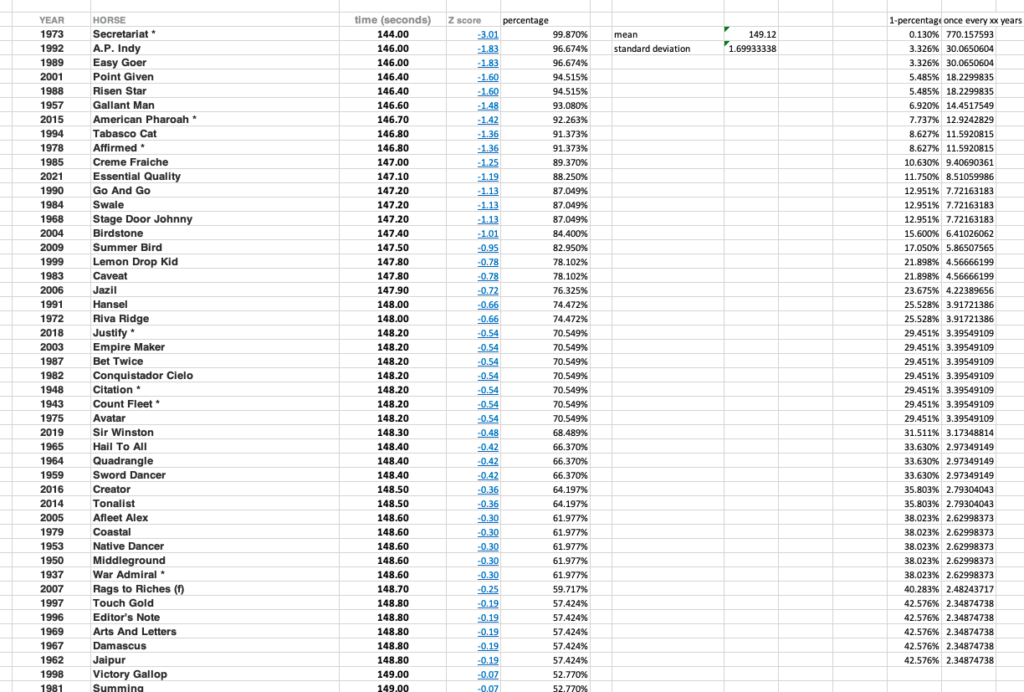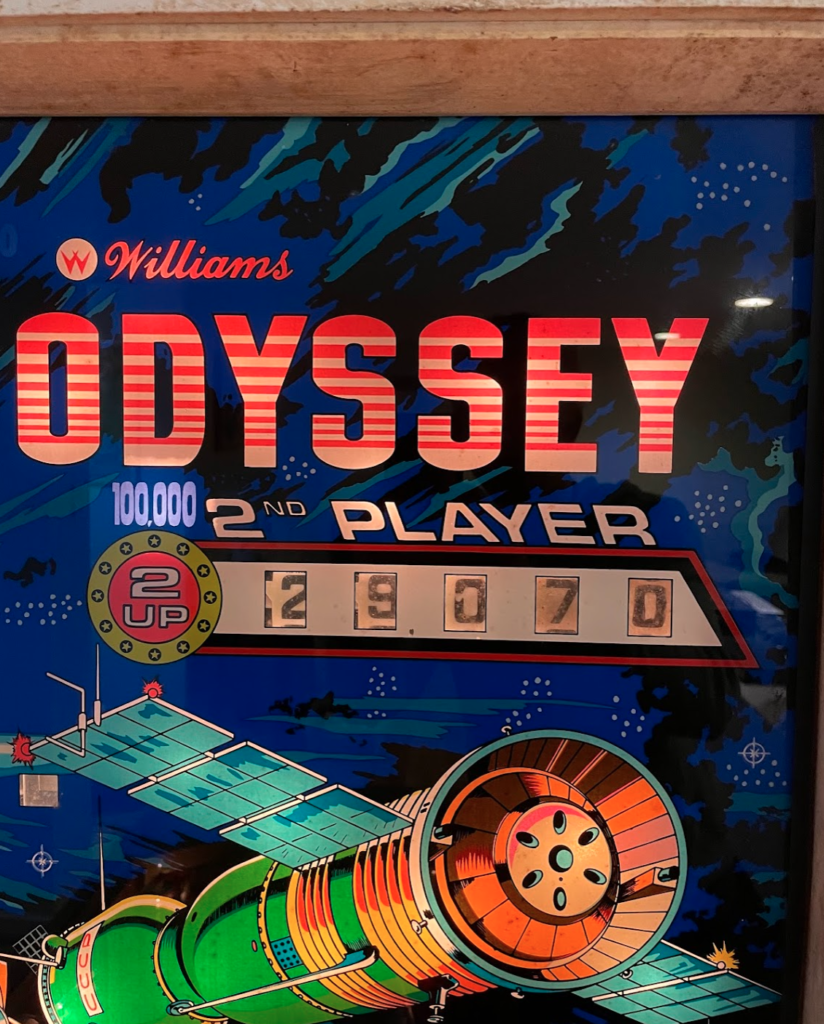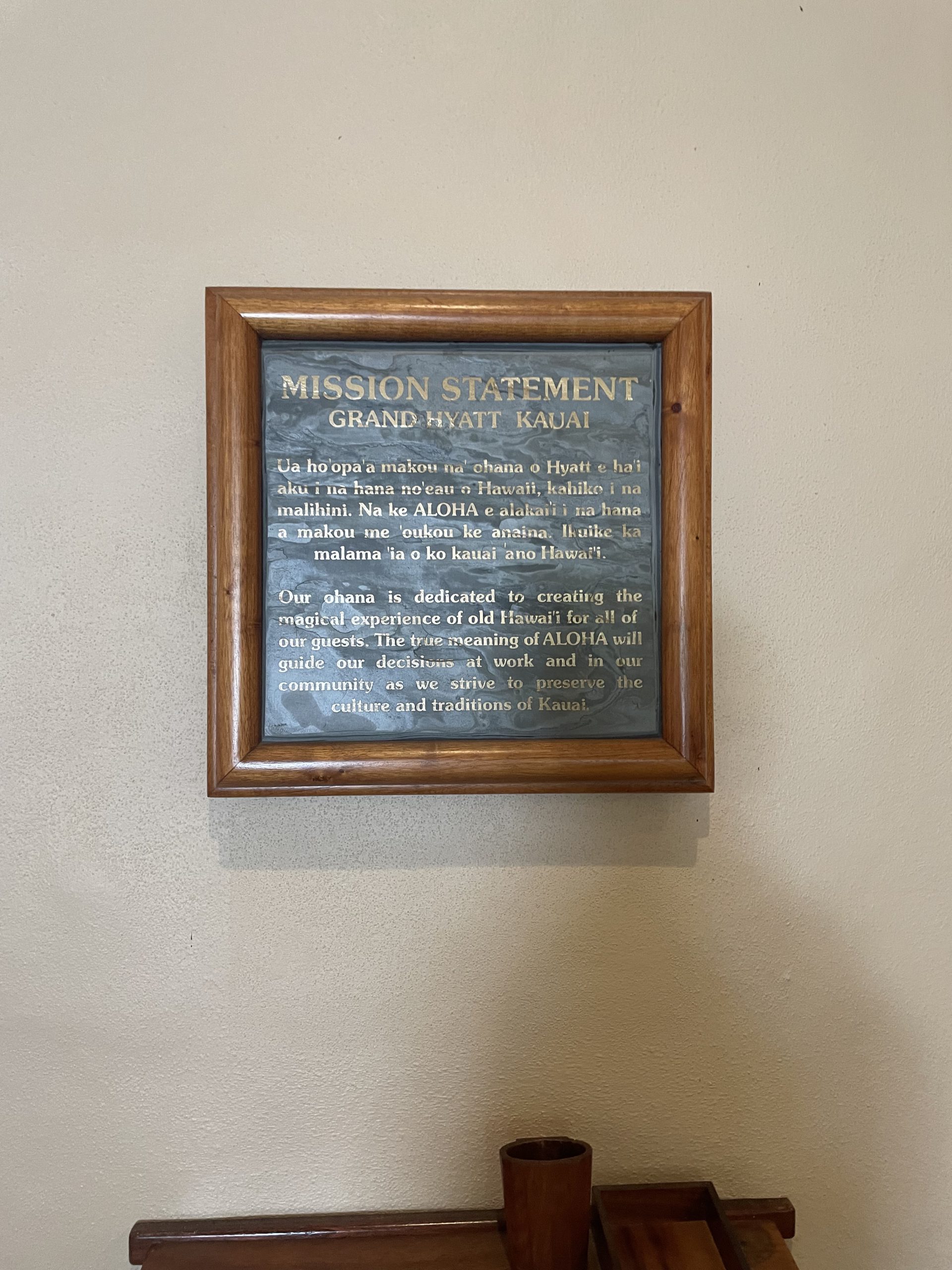I have added a product to the playoffPredictor.com site that visualizes the percentage chances a team has to make the college football playoff.
PlayoffPredictor.com was launched with the express belief that if you knew who was going to win future games, you could accurately predict the top 4 in the final poll. If you know (or can predict) that Alabama is going to beat Georgia in the SEC championship game, can you definitively predict if Georgia will still make the college football playoff? Yes, you can answer that if you know how all the other games pan out (like Baylor beating Oklahoma State for example, leaving that slot open for Georgia).
The next logical place to use that data would be to iterate through each future scheduled game and using the probabilities of each team to win, exhaustively calculating the probability of each team to win the college football playoff. Unfortunately exhaustive scenario modeling is virtual computational impossibility. If you tried to enumerate every possibility (just for wins and losses, not even for margin of victory) from week 8 till week 14, you have about ~450 games to model. Given that a game only has two possibilities for the winner, this works out to 2450 = 2.9*10135 scenarios to model. How big is 10 raised to the 135? Well, I have seen estimates of the number of atoms in the know universe anywhere from 1085 – 10110 , so 10135 is many orders of magnitude larger than the number of atoms in the universe, and would take trillions of years to compute.
So do we give up modeling future probabilities? No, we introduce Monte-Carlo simulations. The idea is that if we know percentage chances for an individual trial (say Ohio State beats Penn State 85% of the time), we simulate that trial and the other 449 games a large number of times, and calculate who actually made the top 4. This is much simpler because you only have to compute 450 * 1,000 = 450,000 = 4.5 * 105 computations, and that can be done in a matter of minutes.
So, the new product is on playoffPredictor.com. After week 6 I like how my calculated data matches with reasonable expectations. We have Ohio State and Clemson most likely to reach the cfp at ~65% (because the ease of their championship games), followed by Alabama and Georgia at ~50% and 40% respectively. Same boring top 4. The challengers around the ~25% mark are Mississippi, TCU, and USC, and then 13 teams under 20%, including Syracuse at 14%. Could Syracuse make it? Sure – imagine this scenario:
- Tennessee beats Alabama twice (week 7 and SEC championship
- Tennessee, Florida, and Mississippi State beat Georgia (weeks 9, 10 & 11)
- Texas Tech and Baylor beat TCU (weeks 10 & 12)
- UCLA and Oregon beat USC (week 12 and Pac12 championship)
You could end up with undefeated Syracuse, Ohio State, and Tennessee coupled with winners of the Big12 and Pac12 at 2-3 losses each, and a 2-loss Alabama. In that (unlikely) scenario, you put in Tennessee, Ohio State, Alabama, and Syracuse. And variations of that are exactly what the computer came up with 140 times out of the 1,000 simulated seasons.
Enjoy the new tool, compare it with ESPNs probabilities through the season, and drop me a line at @CiscoNeville if you have any thoughts on this new visualization.

